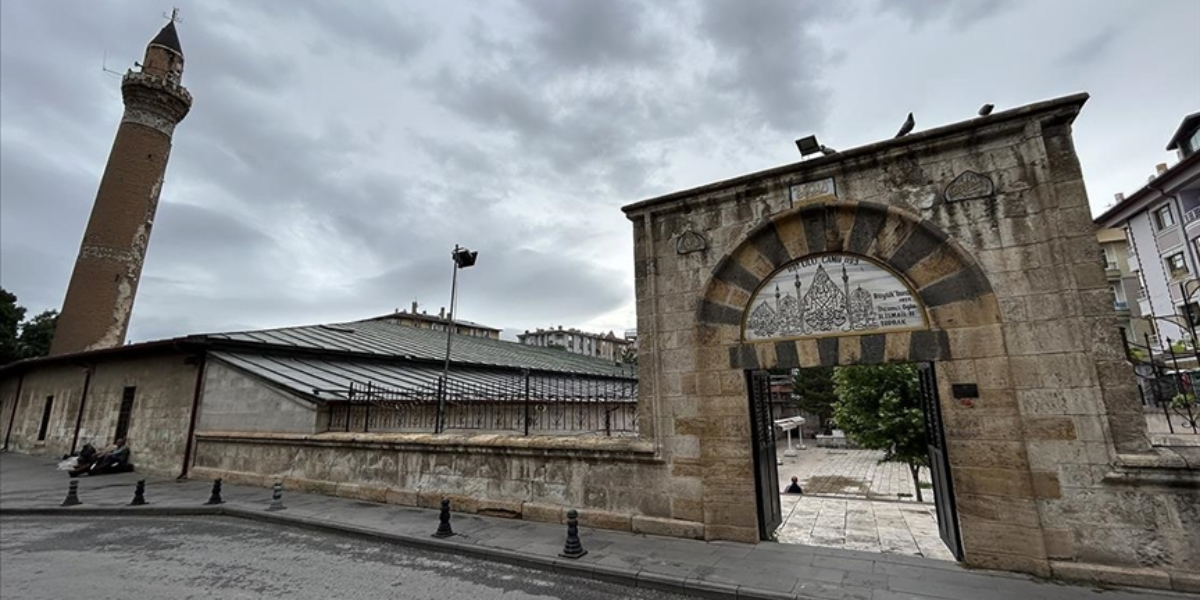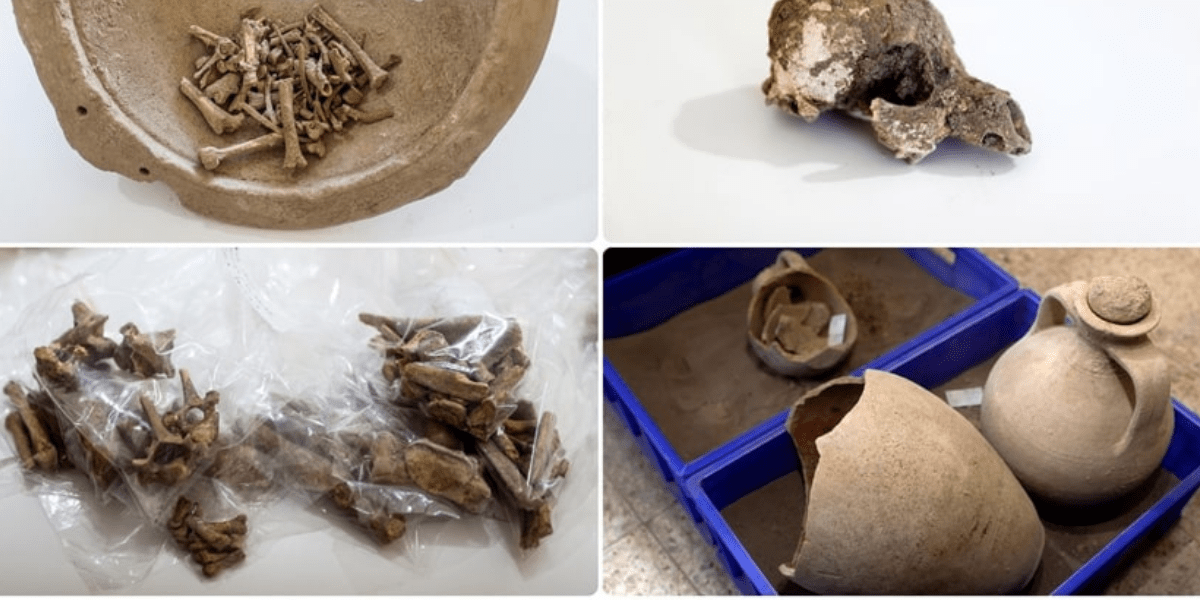In Zerzevan Castle, the border garrison of the Roman Empire, a villager named Temo found an ancient baptismal bucket while digging the soil to repair the wall of his house. Temo, who did not know the true value of the bucket, used it to give water to his animals for a while and then traded it to a trader who came to the village for a pair of shoes.
Zerzevan Castle, where Temo’s house is located, is located within the borders of Demirölçek District of Çınar district, between Diyarbakır and Mardin provinces, in the southeastern region of Turkey. The history of the castle dates back to B.C. It dates back to 882.
The story of the 1500-year-old baptismal bucket is told by Deniz Tekin in Gazete Duvar as follows.
Among the important artifacts found in the castle is a bucket that has been exhibited in the Istanbul Archaeological Museum for 125 years. The 1500-year-old baptismal bucket, considered a unique artifact, reached Istanbul, but the exact details of its journey are unknown. How the hive was discovered is passed down from generation to generation by the people of Zerzevan.
The castle gradually lost its importance after its conquest in 639 AD and remained deserted for centuries. Until the 1890s, some families came and settled in the region. The population of the families living in the houses they built within the castle increased over time, and the castle was transformed into a village of approximately 17 houses called Zerzevan village. Due to factors such as increasing population, water scarcity and difficult living conditions, in 1967 the villagers moved 2 kilometers away from the castle and founded a new village called Demirölçek, formerly known as Zerzevan.
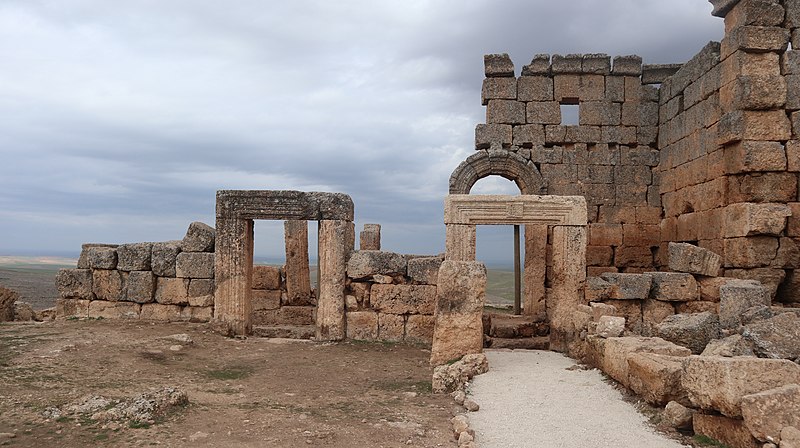
Temo must have discovered the baptismal bucket while living in the castle. At first, no one paid much attention to the bucket Temo found. Only someone who came to the village took care of the bucket that Temo used to give water to his animals. The merchant offered Temo a pair of new shoes in exchange for the bucket. The idea of replacing the bucket with a priceless pair of shoes intrigued the villagers because the bucket had darkened over the years and had until then only been used to provide water for animals. During the long winter nights when the villagers gathered in their homes, the exchange of buckets for shoes became a topic of conversation and was passed down from generation to generation until today.
I went to Demirölçek village to hear the story of the baptismal bucket found in Zerzevan Castle and said to have been sold to a merchant in exchange for a pair of shoes. I spoke with 71-year-old Abdullah Arslan, whom the village residents described as “knowledgeable” and “knowledgeable”. He explained that he was born in Zerzevan Castle in 1949, lived here until the age of 17, and then moved to Demirölçek village with his family.
Claiming to have information from the Ottoman period, Arslan said, “God knows when Temo died, but he lived during the Ottoman period. He was my grandmother’s nephew. Over time, as the siblings got married and separated, our family came to this situation.” Naturally, ties weakened. We call his descendants ‘Mala Temo’ (Temo’s family). No one from that family lives in the village now. “I know they each live in different parts of the country.”
Arslan continued the stories he heard from the villagers about Temo and the found bucket as follows: “When my father, grandfather or the villagers gathered in a house or a guest came to the village, they would say ‘Temo’s’. It turned out that the bucket he gave to the cobbler in exchange for a pair of shoes was an antique.” I was a child at that time and I listened carefully to what was said. According to what they said, Temo was engaged in animal husbandry in his house in Zerzevan Castle. Temo was carrying the soil inside the castle by digging. He went to the roof of his house to prevent leaks in winter and to plaster the inside. While digging the soil, he found the antique bucket. The worn and blackened bucket. He didn’t know it was an antique. He used this bucket to carry water. “He leaves his animals in front of his house for his chickens to drink water.”
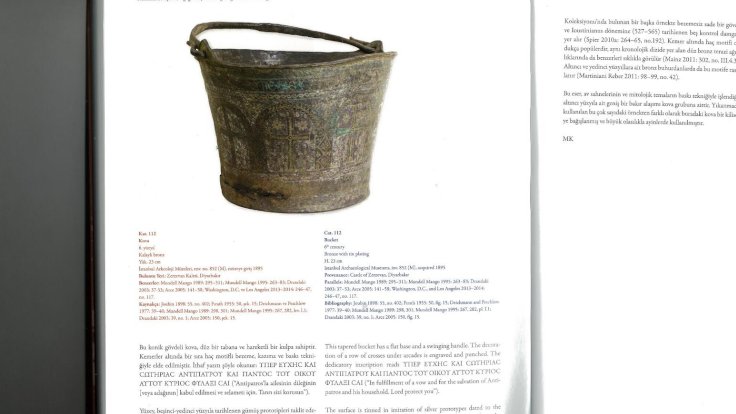
Arslan then continued: “Then a merchant came to the village.” He stated that the merchant who came from Mardin and visited the villages was a non-Muslim and that he was also engaged in trade. “The bucket with a cross sign and writing on it caught the merchant’s attention while he was in front of Temo’s house. After examining the bucket, he realized that it was an antique (historical artifact). The merchant asked Temo who it was. He was unaware of the antique status of the bucket, ‘Will you sell this to me?’ ‘ Temo replied, ‘If you give me a pair of shoes, I’ll give you the bucket.’ “The merchant agreed and took the bucket, but he didn’t tell anyone what he did with it or where he took it.”
According to the information in Brigitte Pitarakis’s book “Life is Short, Art is Long – The Art of Healing in Byzantium” (Pitarakis 2015, p. 354-355), the baptismal bucket currently exhibited in the Istanbul Archaeological Museum is registered in the museum inventory. However, the book does not contain information about how the bucket reached the museum.
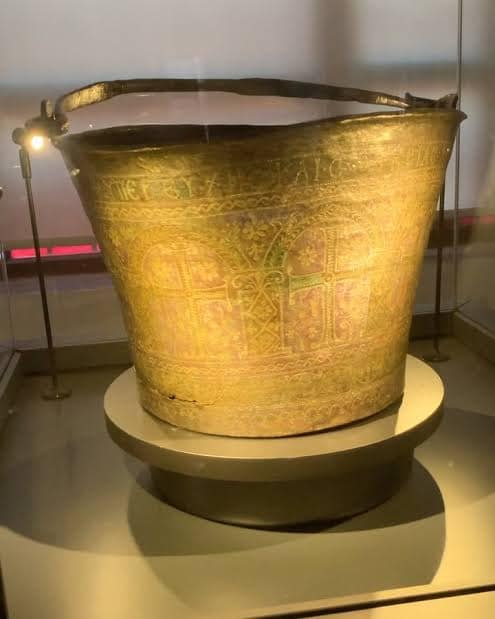
Surface of the hive, 5th-7th. It is plated with tin, imitating silver prototypes from centuries past. The bucket has a conical body with a flat bottom and a movable handle. The cross motif under the arches was obtained using relief, carving and stamping techniques. This work belongs to a large group of copper alloy buckets from the 6th century, in which hunting scenes and mythological themes were engraved using the stamping technique. Unlike many other buckets used for washing, this particular bucket was donated to a church and was likely used in religious ceremonies.
On the top of the bucket there is an inscription in ancient Greek: “ΥΠΈΡ ΕΥΧΉC ΚΑΙ CΩΤΗΡIΑC ΑΝΤΙΠΑΤΡΟΥ ΚΑΙ ΠΑΝΤOC ΤΟY ΟIΚΟΥ ΑYΤΟY” ΚY¬ ΡΙΟC ΦΥΛAΞΙ CΑΙ” (For the prayer and salvation of Antipater and his family – or votive offering. May the Lord protect you). The hive is located on the castle grounds to this day. It is thought to belong to the large church that survived until 1800. The construction date of the hive coincides with the construction date of the church, which is estimated to be in the 6th century AD.


